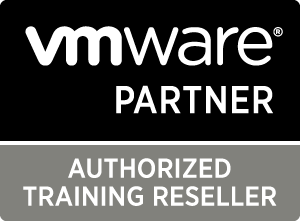VMware NSX-T Data Center: Install, Configure, Manage [V3.2]
Price
No price found.
Duration
5 Days
Modality
Live Online
Course code
EDU-NSXTICM32-OE

Price
No price found.
Duration
5 Days
Modality
Live Online
Course code
EDU-NSXTICM32-OE

This five-day, fast-paced course provides comprehensive training on how to install, configure, and manage a VMware NSX-T Data Center environment. This course covers key NSX-T Data Center features and functionality offered in the NSX-T Data Center 3.0 release, including the overall infrastructure, logical switching, logical routing, networking and security services, micro-segmentation and firewalls, and more.
Access to a software-defined data center environment is provided through hands-on labs to reinforce the skills and concepts presented in the course.
By the end of the course, you should be able to meet the following objectives:
Experienced system administrators or network administrators
Solid understanding of concepts presented in the following courses:
Experienced system administrators or network administrators
Solid understanding of concepts presented in the following courses:
Module Breakdown - For a course module breakdown click here
Course Introduction
VMware Virtual Cloud Network and NSX-T Data Center
Preparing the NSX-T Data Center Infrastructure
NSX-T Data Center Logical Switching
NSX-T Data Center Logical Routing
NSX-T Data Center Bridging
NSX-T Data Center Firewalls
NSX-T Data Center Advanced Threat Prevention
NSX-T Data Center Services
NSX-T Data Center User and Role Management
NSX-T Data Center Federation
NSX-T Data Center Federation